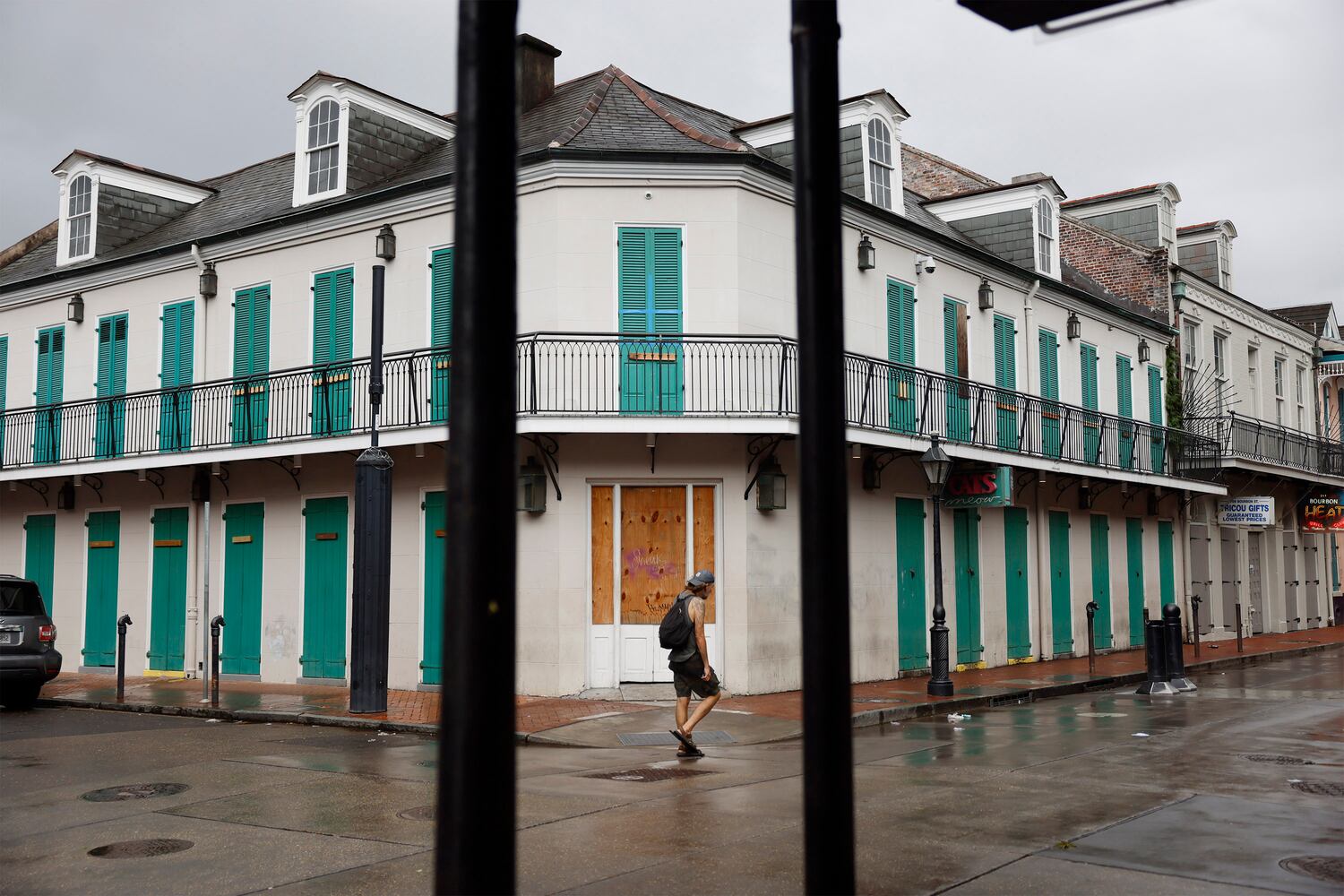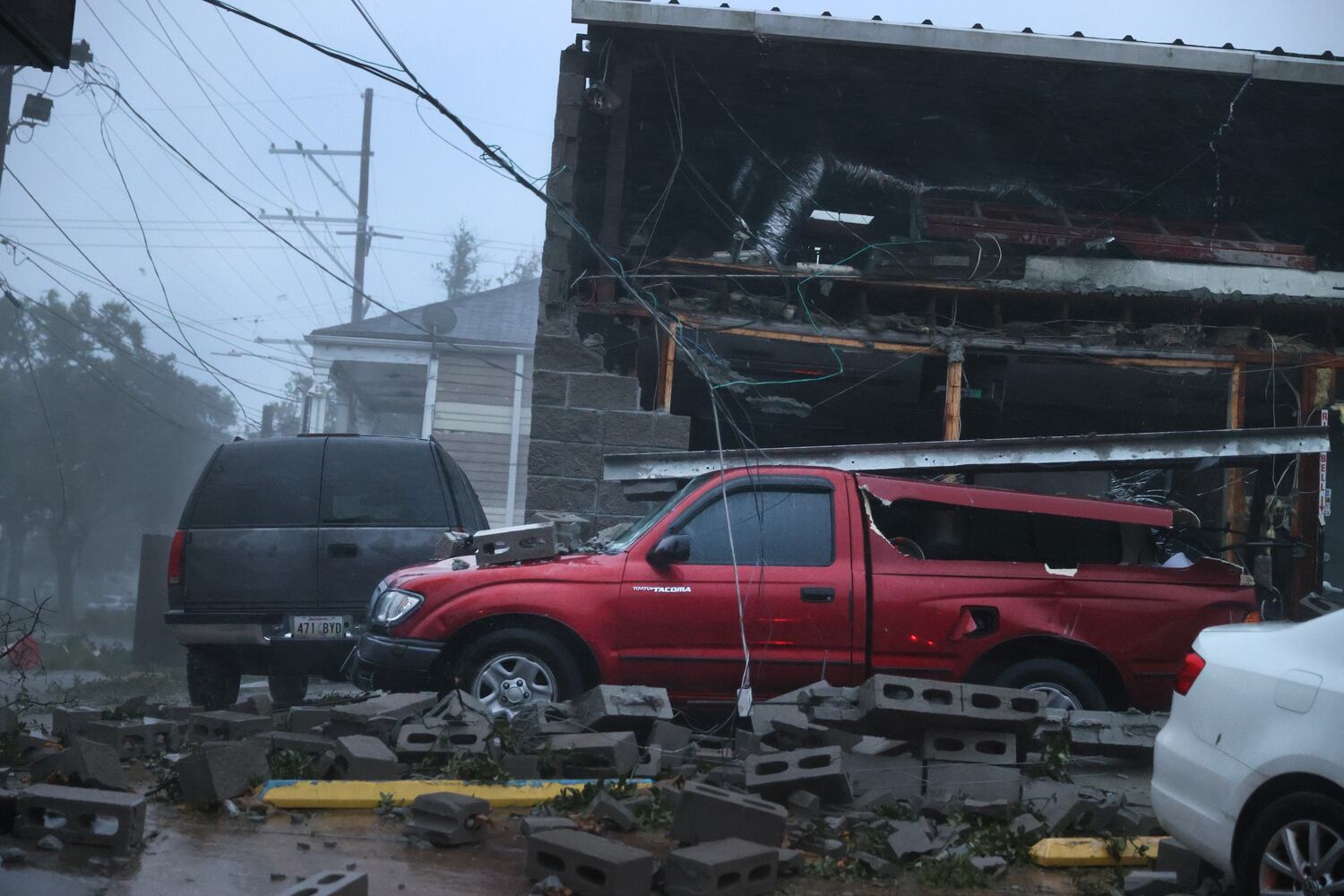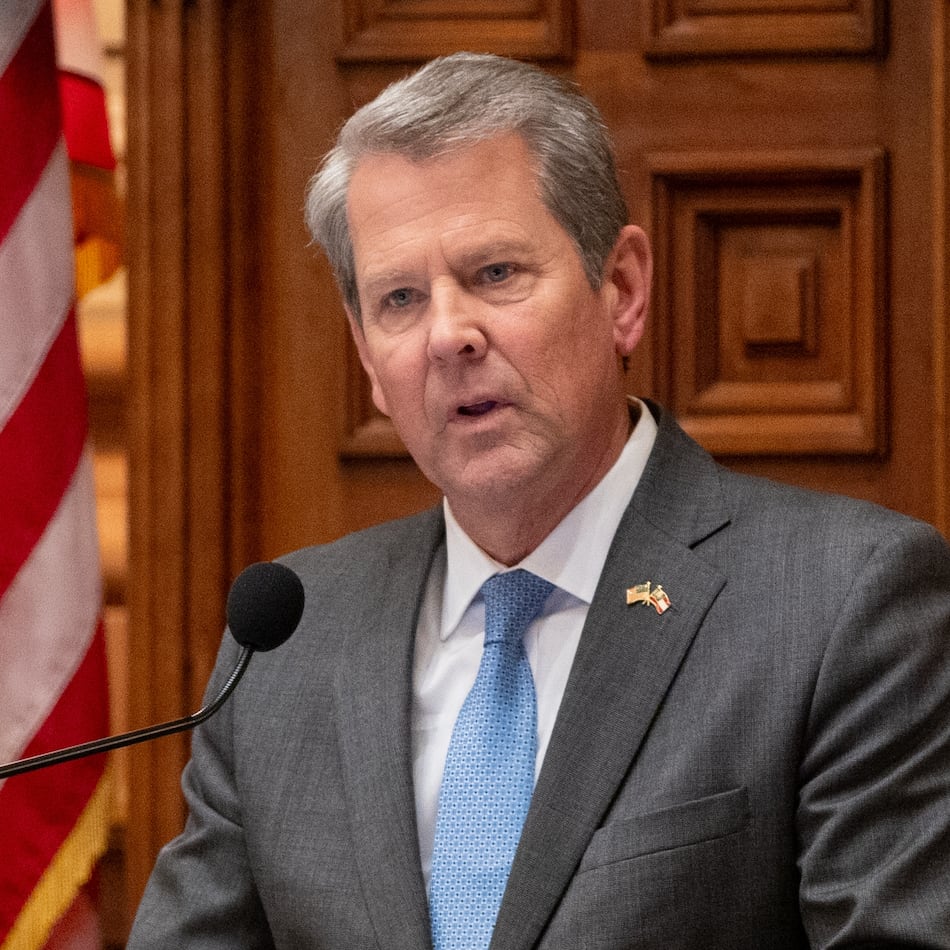NEW ORLEANS — A fearsome Hurricane Ida left scores of coastal Louisiana residents trapped by floodwaters and pleading to be rescued Monday while making a shambles of the electrical grid across a wide swath of the state in the sweltering, late-summer heat.
One of the most powerful hurricanes ever to hit the U.S. mainland weakened into a tropical storm overnight as it pushed inland over Mississippi with torrential rain and shrieking winds, its danger far from over.
Torrential rain kept falling Monday as the storm slowly moved north, with up to two feet expected in places, and reports of flooded roads and homes multiplied. Destructive winds and water already had a catastrophic impact along the southeast coast of Louisiana, and life-threatening river flooding continued well inland, the National Hurricane Center said.
All of New Orleans lost power right around sunset Sunday, leading to an uneasy night of pouring rain and howling winds. The weather died down shortly before dawn and people began carefully walking around neighborhoods with flashlights, dodging downed light poles, pieces of roofs and branches.
Levees failed or were overtopped in the maze of rivers and bayous south of New Orleans, threatening hundreds of homes. On social media, people posted their addresses and locations — directing search and rescue teams to their attics or rooftops.
Officials promised to start the massive rescue effort as the weather broke and the sun rose.
Ida made landfall on the same day 16 years earlier that Hurricane Katrina ravaged Louisiana and Mississippi, and its 150 mph winds tied it for the fifth-strongest hurricane to ever hit the mainland. It was already blamed for one death, someone hit by a falling tree in Prairieville, outside Baton Rouge, deputies with the Ascension Parish Sheriff’s Office confirmed on Sunday.
More than a million customers in Louisiana and Mississippi were without power according to PowerOutage.US, which tracks outages nationwide, increasing their vulnerability to flooding and leaving them without air conditioning and refrigeration in sweltering summer heat.
Check power outages at this link.
Entergy confirmed that the only power in New Orleans was coming from generators, the city’s Office of Homeland Security & Emergency Preparedness tweeted, citing “catastrophic transmission damage.” The city relies on Entergy for backup power for the pumps that send storm water over the city’s levees. The system is much-improved since Katrina, but Ida is posing its biggest test since that disaster.
The 911 system in Orleans Parish also experienced technical difficulties early Monday. Anyone needing emergency assistance was urged to go to their nearest fire station or approach their nearest officer, the New Orleans Emergency Communications Center tweeted.
Ida finally became a tropical storm again 16 hours after making landfall in Louisiana as a Category 4 hurricane. Its top sustained wind were 60 mph early Monday, and forecasters said it would rapidly weaken while still dumping torrential rain over a large area. The storm was centered about 95 miles south-southwest of Jackson, Mississippi, moving north at 8 mph.
The rising ocean swamped the barrier island of Grand Isle and roofs on buildings around Port Fourchon blew off as Ida made landfall. The hurricane then churned through the far southern Louisiana wetlands, swirled over the state’s petrochemical corridor and threatened the more than 2 million people living in and around New Orleans and Baton Rouge.
Officials said Ida intensified into an extremely powerful hurricane too quickly over the Gulf of Mexico to organize a mandatory evacuation of New Orleans’ 390,000 residents. Many didn’t have enough gas and hotel money, transportation or other resources needed to flee. Hospitals also had no choice but to hunker down, counting on generators to keep COVID-19 patients alive.
In Baton Rouge, 27-year-old Robert Owens watched the sky in his neighborhood light up as transformers blew up all around him.
“Never in my life have I encountered something this major,” he said as giant gusts rattled his home’s windows.
Significant flooding was reported late Sunday night in LaPlace, a community adjacent to Lake Pontchartrain, meteorologists in New Orleans said. Many people took to social media, pleading for boat rescues as the water rose.
Louisiana Gov. John Bel Edwards said rescue crews would not be able to immediately help those who were stranded as the storm raged. And he warned his state to brace for potentially weeks of recovery.
“Many, many people are going to be tested in ways that we can only imagine today,” the governor told a news conference Sunday.
But he added, “There is always light after darkness, and I can assure you we are going to get through this.”
In New Orleans, wind tore at awnings and caused buildings to sway and water to spill out of Lake Pontchartrain. The Coast Guard office there received more than a dozen reports of breakaway barges, said Petty Officer Gabriel Wisdom.
In Lafitte, about 35 miles south of New Orleans, a loose barge struck a bridge, according to Jefferson Parish officials. And U.S. Army Corps of Engineers spokesman Ricky Boyette said engineers detected a “negative flow” on the Mississippi River as a result of storm surge.
Ida was churning in one of the nation’s most important industrial corridors — home to a large number of petrochemical sites.
The Louisiana Department of Environmental Quality was in contact with more than 1,500 oil refineries, chemical plants and other sensitive facilities and will respond to any reported pollution leaks or petroleum spills, agency spokesman Greg Langley said.
Louisiana is also home to two nuclear power plants, one near New Orleans and another about 27 miles northwest of Baton Rouge.
Comparisons to the Aug. 29, 2005, landfall of Katrina weighed heavily on residents. Katrina was blamed for 1,800 deaths as it caused levee breaches and catastrophic flooding in New Orleans. Now facing Ida more than a decade and a half later, officials emphasized that the city’s levee system has been massively improved.
President Joe Biden said the nation was praying for people caught in the storm and would put its “full might behind the rescue and recovery” effort once Ida passes. He said the Federal Emergency Management Agency would stay and help for “as long as it takes.”
About the Author
The Latest
Featured









